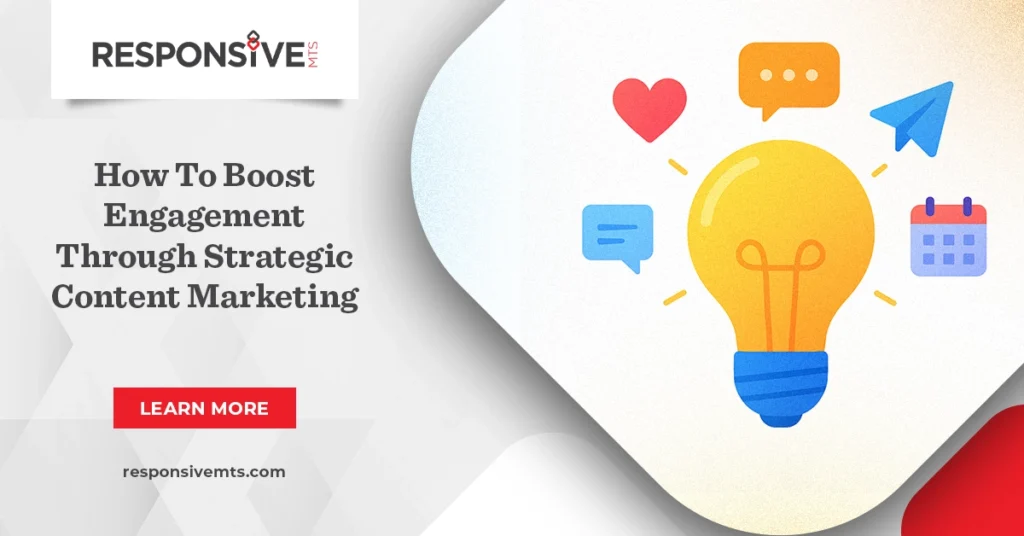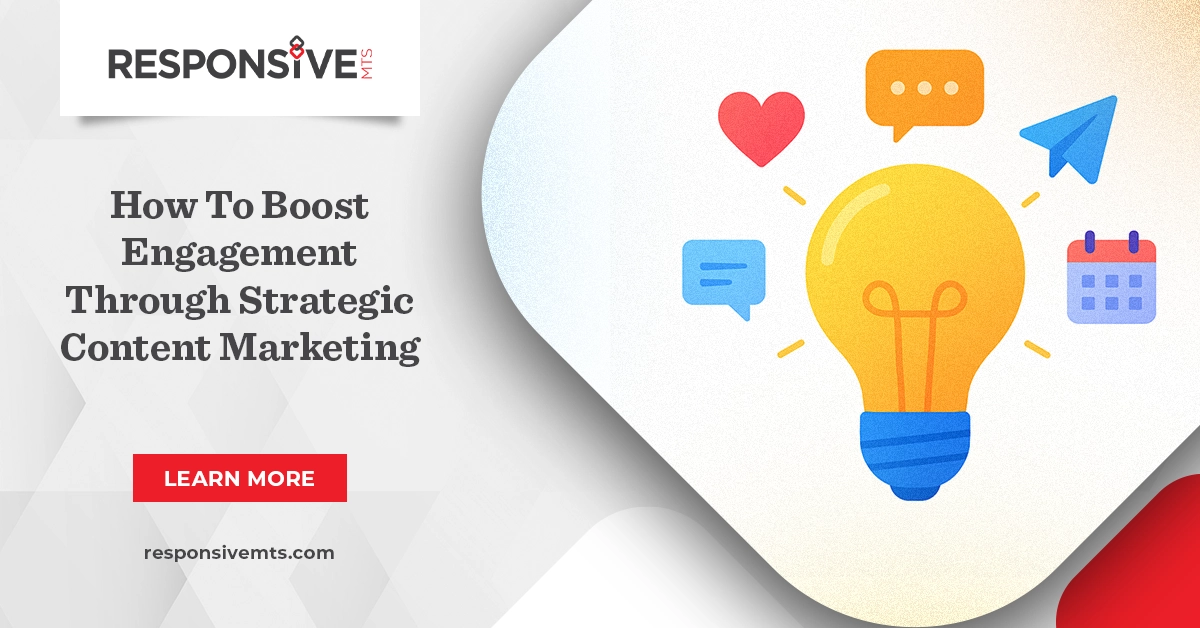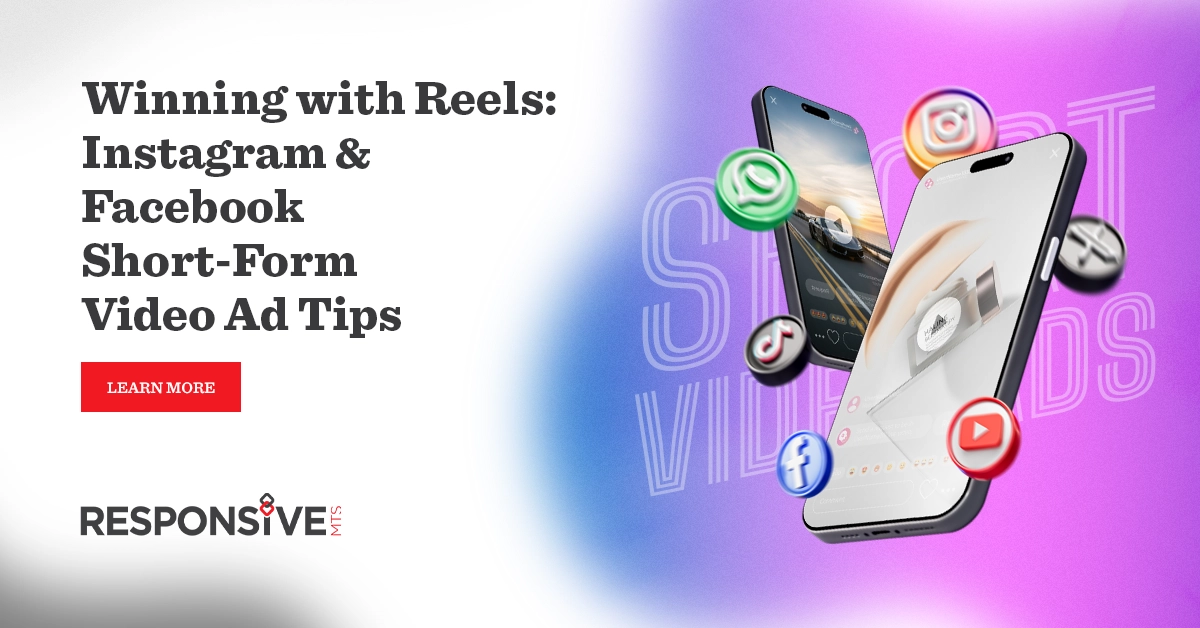Strategic content marketing is like planting a garden that attracts butterflies. You need the right seeds, proper timing, and consistent care to create something that naturally draws people in. In today’s digital landscape, businesses that master this approach see engagement rates soar while building meaningful connections with their audience.
Think of engagement as the heartbeat of your online presence. Without it, your content becomes like a beautiful painting hanging in an empty room, impressive but unseen. However, when you implement strategic content marketing techniques, you transform that empty room into a bustling gallery where people gather, discuss, and share experiences.
Understanding the Foundation of Strategic Content Marketing
Strategic content marketing operates like a well-orchestrated symphony where every note serves a purpose. Unlike random posting, this approach involves careful planning, audience research, and consistent execution that builds momentum over time.
The foundation begins with understanding your audience’s journey. For example, imagine your customers as travelers on a winding road. Initially, they’re exploring and discovering new paths. Subsequently, they evaluate different routes before finally choosing their destination. Your content must serve as helpful signposts at each stage of this journey.
Moreover, successful strategic content marketing requires alignment between your business goals and audience needs. This alignment creates a bridge that connects what you offer with what your audience truly wants. When this connection strengthens, engagement naturally follows.
The Psychology Behind Engagement
Understanding engagement psychology is like learning the secret language of human behavior. People engage with content that makes them feel understood, valued, and entertained. Furthermore, they share content that reflects their identity and values.
The human brain responds to stories, emotions, and visual elements more than dry facts. Therefore, strategic content marketing leverages these psychological triggers to create compelling experiences. When you craft content that resonates emotionally, your audience becomes invested in your brand’s story.
Additionally, people crave authenticity in an increasingly digital world. They can spot generic, sales-heavy content from miles away. In contrast, authentic content that provides genuine value creates trust and encourages meaningful interactions.
Content Planning: The Strategic Blueprint
Strategic content marketing planning resembles architectural blueprints; without proper planning, even the most beautiful content can collapse. Effective planning starts with comprehensive audience research, competitive analysis, and clear objective setting.
First, develop detailed buyer personas that go beyond basic demographics. Understand their challenges, aspirations, preferred communication styles, and content consumption habits. This knowledge becomes the compass that guides your content creation process.
Next, create a content calendar that balances different content types and maintains consistent publishing schedules. However, remember that consistency doesn’t mean rigidity. Your calendar should allow flexibility for trending topics and spontaneous opportunities.
Creating Compelling Content That Drives Engagement
Compelling content acts like a magnet that naturally attracts and holds attention. The key lies in combining valuable information with engaging presentation styles. Strategic content marketing achieves this balance through storytelling, visual elements, and interactive features.
Storytelling transforms mundane information into memorable experiences. For instance, instead of simply listing product features, share customer success stories that demonstrate real-world applications. These narratives create emotional connections that facts alone cannot achieve.
Visual elements serve as the spice that makes your content more digestible and shareable. Infographics, videos, and custom graphics break up text walls while reinforcing key messages. Moreover, visual content receives significantly more engagement than text-only posts across all platforms.
Interactive content takes engagement to the next level by encouraging active participation. Polls, quizzes, contests, and user-generated content campaigns transform passive readers into active participants. This transformation is crucial for building a community around your brand.
Platform-Specific Strategies
Each social media platform functions like a different neighborhood with unique cultures and communication styles. Therefore, strategic content marketing requires tailored approaches for each platform while maintaining brand consistency.
LinkedIn thrives on professional insights and industry thought leadership. Content that educates, informs, and sparks professional discussions performs exceptionally well. However, the tone should remain approachable and conversational rather than overly formal.
Instagram favors visual storytelling and behind-the-scenes content. Stories, reels, and visually appealing posts that showcase personality and creativity drive higher engagement rates. Additionally, Instagram’s younger demographic appreciates authentic, unpolished content over highly produced materials.
Twitter excels at real-time conversations and trending topic participation. Short, witty posts that join relevant conversations or provide quick insights generate significant engagement. Furthermore, Twitter’s fast-paced environment rewards timely, relevant content.
Measuring and Optimizing Performance
Strategic content marketing without measurement is like driving blindfolded you might move forward, but you’ll likely miss your destination. Effective measurement involves tracking meaningful metrics that align with your business objectives.
Engagement metrics include likes, comments, shares, click-through rates, and time spent on content. However, these surface-level metrics should connect to deeper business outcomes like lead generation, customer acquisition, and revenue growth.
A/B testing different content formats, posting times, and messaging approaches provides valuable insights for optimization. For example, you might discover that video content performs better on Tuesdays or that question-based headlines generate more clicks than statement-based ones.
Regular performance analysis helps identify successful patterns and areas for improvement. This analysis should inform future content planning and strategic adjustments. Remember, strategic content marketing is an iterative process that improves through continuous learning and refinement.
Building Long-Term Relationships
Engagement isn’t just about immediate reactions, it’s about building lasting relationships that grow over time. Strategic content marketing focuses on nurturing these relationships through consistent value delivery and genuine interactions.
Respond promptly and authentically to comments and messages. This responsiveness shows that real people stand behind your brand. Moreover, engaging in conversations demonstrates that you value your audience’s input and opinions.
Create content series that encourage return visits and build anticipation. For instance, weekly tips, monthly case studies, or seasonal campaigns give your audience reasons to stay connected. These ongoing touchpoints strengthen relationships and increase lifetime value.
Leveraging User-Generated Content
User-generated content acts like word-of-mouth marketing in the digital age. When satisfied customers create content about your brand, it provides authentic social proof that money can’t buy. Strategic content marketing harnesses this power through structured campaigns and community building.
Encourage customers to share their experiences through hashtags, contests, and featured spotlights. This approach not only generates authentic content but also makes customers feel valued and appreciated. Furthermore, user-generated content often performs better than brand-created content because it feels more genuine.
Create clear guidelines and incentives for user-generated content participation. People need to understand what you’re looking for and what they’ll receive in return. Simple recognition can be as powerful as monetary rewards for many participants.
Future-Proofing Your Content Strategy
The digital landscape evolves rapidly, making adaptability crucial for long-term success. Strategic content marketing requires staying informed about platform changes, algorithm updates, and emerging trends while maintaining core strategic principles.
Invest in evergreen content that remains relevant over time while also creating timely content that captures current opportunities. This balanced approach ensures consistent performance regardless of platform changes or trending topics.
Experiment with emerging formats and platforms without abandoning proven strategies. Early adoption of new features often provides competitive advantages, but maintain your core content pillars that consistently deliver results.
Top Brands Don’t Guess. They Strategize.
→ Join the growing list of businesses trusting Responsive MTS to build content that connects, converts, and scales
Frequently Asked Questions
Results typically begin appearing within 3-6 months of consistent implementation. However, significant engagement growth often takes 6-12 months as your audience builds and algorithms recognize your content patterns.
Posting frequency depends on your audience and platform. Generally, 3-5 times per week works well for most businesses, but consistency matters more than frequency. Quality content posted regularly outperforms frequent, low-quality posts.
Track metrics that align with business goals: lead generation, customer acquisition costs, lifetime value, and revenue attribution. Use UTM parameters and conversion tracking to connect content performance to business outcomes.
Start with 2-3 platforms where your audience is most active. Master these before expanding. It’s better to excel on fewer platforms than to spread yourself too thin across many channels.
Develop content templates, repurpose existing content across formats, batch create content, and establish clear processes. Also, engage with your audience’s content to build relationships and gather inspiration for future posts.




